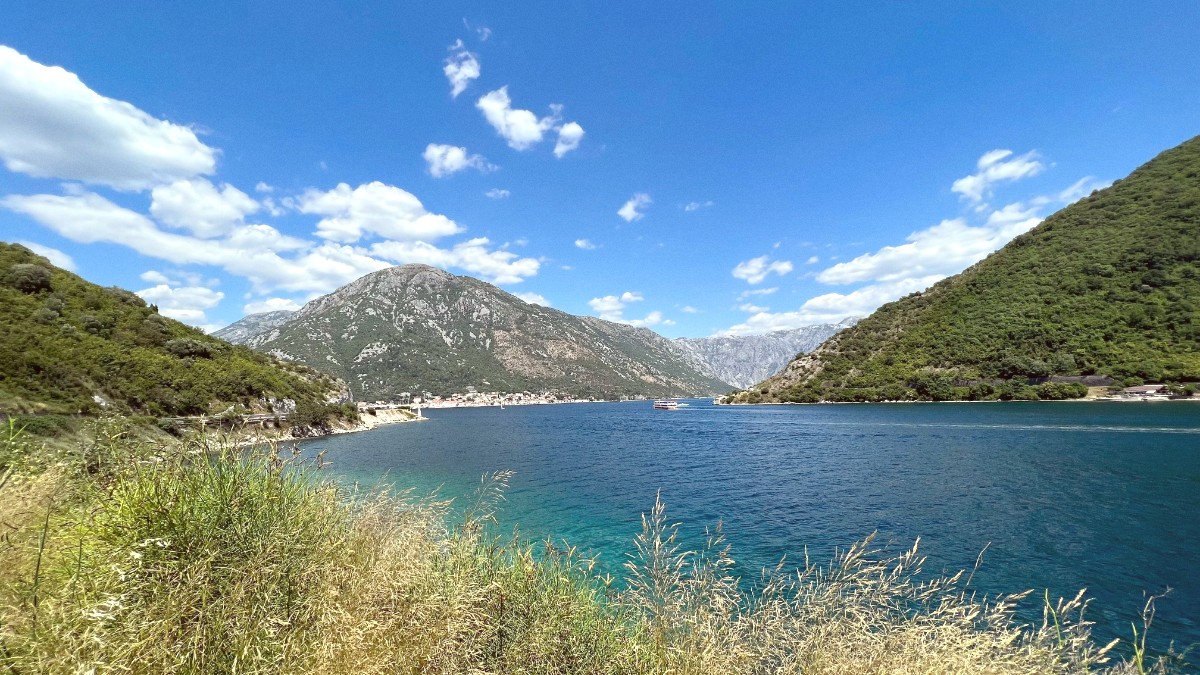
Coastal Montenegro, Montenegro
Coastal cuisine is strongly influenced by Mediterranean traditions, notably Italian and Greek flavors.
Proximity to the sea naturally makes fresh seafood (like sea bass, octopus) a prominent feature.
Locally produced cheeses (Njeguški sir) and smoked ham (pršut) are staples.
Dishes are characterized by simple, fresh flavors with abundant vegetables and herbs.
Ingredients are often grilled or roasted to bring out their natural taste.
Mediterranean herbs like rosemary and oregano play an important role in seasoning.
Coastal cuisine leans on seafood, while the mountainous interior brings heartier meat dishes.
Remnants of historical Ottoman rule are present in some dishes.
Herceg Novi offers a variety of dishes that showcase the best of Montenegrin cuisine.
Certain fish, like mackerel and sardines, are seasonal in spring and autumn. Chestnuts become prominent in autumn.
During the Mimosa Festival (February/March), local delicacies often feature citrus fruits, especially lemons and oranges.
Herceg Novi offers a variety of dining settings and customs.
Vegetarian options are available. Vegan options are more challenging but possible with careful ordering and clear communication.
Halal and kosher options are extremely limited, if available at all. Travelers may consider self-catering.
Gluten-free is not widely advertised. Communication with staff (using a translation app or written note) is important.
Beyond dining, Herceg Novi offers ways to immerse yourself in its food culture.
Formal cooking classes are limited. Some private hosts or guesthouses might offer informal experiences.
Visit olive groves or small family farms in rural areas, especially on the Luštica peninsula.
More common in larger cities like Kotor or Budva, often focusing on regional specialties.
Held annually in February/March, features numerous local food and drink stands, often free fish and wine tastings.
Learning a few phrases in Montenegrin (e.g., 'Ja sam vegetarijanac/vegan'; 'Bez mesa/mlijeka/jaja/glutena') assists communication.
Google Translate app (with offline Montenegrin/Serbian pack) is an useful tool for communicating complex dietary needs.
For strict dietary requirements, self-catering by purchasing ingredients from local markets and supermarkets provides most control.
Naturally gluten-free dishes like grilled seafood or meats without sauces are good choices, but cross-contamination can be a concern.
Certain fish, like mackerel and sardines, are seasonal in spring and autumn.
Chestnuts become prominent in autumn.
The Herceg Novi Green Market (Pijaca) is ideal for experiencing authentic local flavors and purchasing fresh produce.
Seek out a traditional Konoba (tavern) for a rustic and authentic Montenegrin dining experience with hearty dishes.
Many restaurants on the Pet Danica promenade offer direct sea views, providing a picturesque setting for your meal, especially during sunset.
Explore the charming Old Town for historic dining experiences like Gradska Kafana.
Visit the Herceg Novi Green Market (Pijaca) near the bus station for fresh, seasonal produce, local cheeses, and other delicacies.
Prioritize traditional Konobas for authentic Montenegrin cuisine and a rustic experience.
Dine on the Pet Danica promenade during sunset for a picturesque meal with sea views.